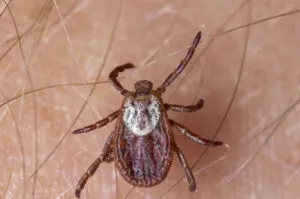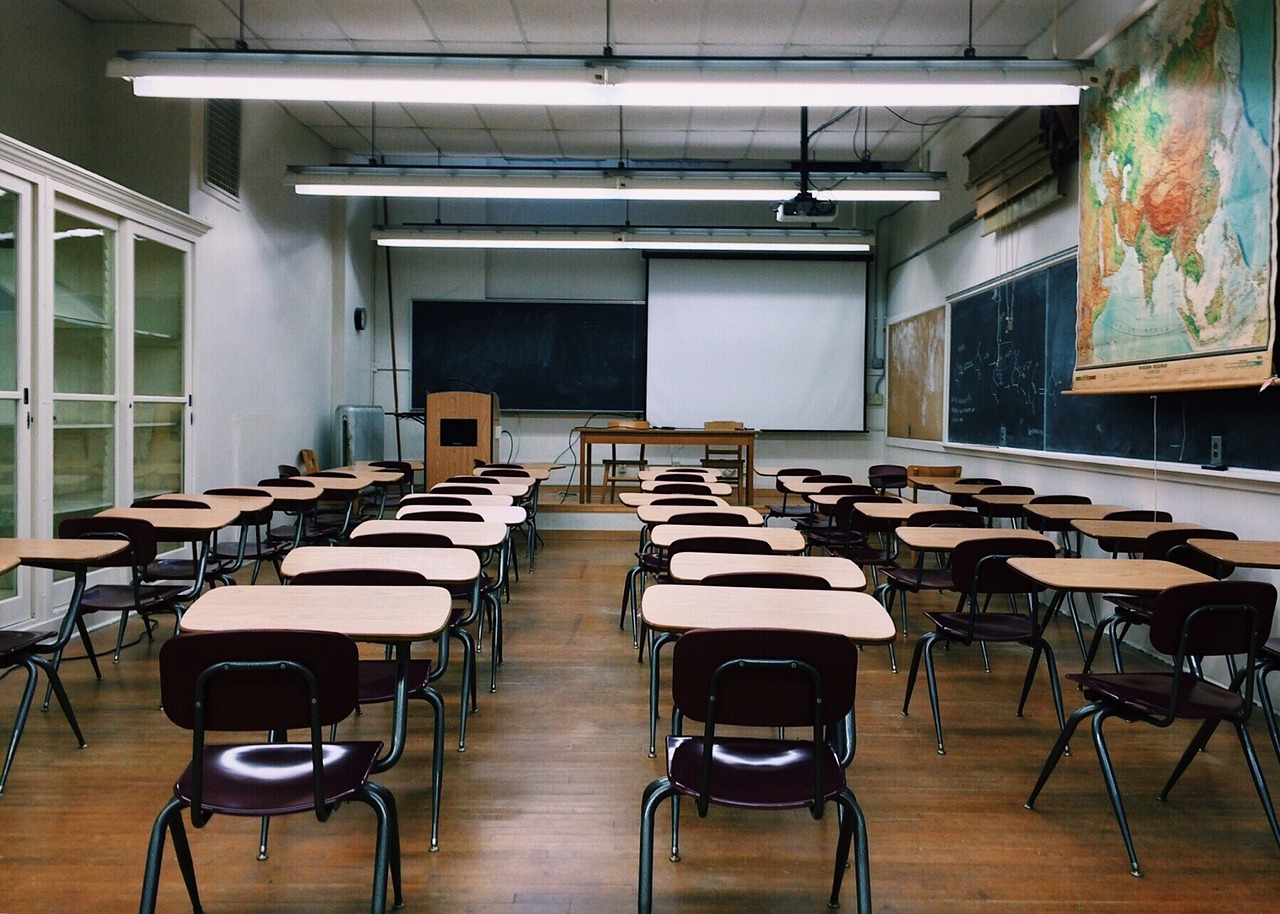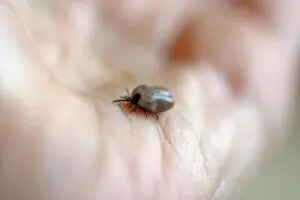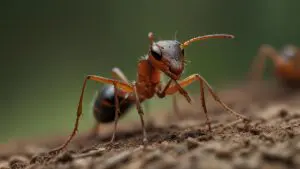

At Excel Pest Services, we offer comprehensive pest control solutions tailored for schools and educational facilities. School pests are not only a nuisance but can also pose significant health risks.
In this article, we will delve into why pests are such a problem in schools and discuss practical solutions for prevention.
Most Common Pests in Schools
Schools are bustling environments, providing food, shelter, and warmth which are the ideal conditions for pests to thrive. Some of the most common school pests include:
- Rodents: Mice and rats are attracted to food in cafeterias and classrooms.
- Cockroaches: They infest kitchens and locker rooms, spreading diseases.
- Ants: Ants invade cafeterias and classrooms, searching for crumbs and spills.
Most Common Places for Pests in Schools
There are certain areas in schools where pests are more likely to be found due to the presence of food, moisture, and clutter. Key areas where school pests are frequently encountered include:
- Cafeterias and kitchens: These areas offer abundant food sources and are often the prime targets for rodents, ants, and cockroaches.
- Locker rooms and bathrooms: With excess moisture and warmth, these areas are particularly attractive to pests like cockroaches and silverfish.
- Classrooms: Food remnants, snacks, and drinks left in classrooms can attract ants, flies, and rodents.
- Storage rooms: Areas with boxes, clutter, and dark spaces create the perfect hiding spots for pests like rodents and spiders.
Health Risks That Come With Pests in Schools
School pests pose numerous health hazards. For example:
- Rodents can spread diseases like hantavirus and salmonella through their droppings and urine.
- Cockroaches can trigger asthma and allergies, especially in young children.
- Ants and flies can contaminate food with bacteria like E. coli and Salmonella.
For more information on the dangers of pests in educational settings, visit our page on university and school pest control.
How to Prevent School Pests on Your Kid?
Protecting your child from school pests requires a proactive approach. Here are some strategies to safeguard your child:
- Teach good hygiene habits: Encourage your child to wash their hands regularly, especially after meals, and to avoid leaving food or snacks in their bags or desks. Proper hygiene reduces the chance of bringing pests home.
- Keep personal belongings clean: Remind your child to keep their backpacks, lunchboxes, and jackets clean. Bed bugs, lice, and fleas can latch onto clothing or bags and travel from school to home.
- Clothing and bag checks: After school, perform a quick check of your child’s clothing and belongings. Pay special attention to any signs of pests like bed bugs or ticks that may have traveled home with them.
- Inspect lunch boxes and bags daily: Clear out any uneaten food or crumbs at the end of each day to avoid attracting pests like ants and cockroaches.
- Consider preventive pest treatments: Your kids' school should be incorporating pest control measures in their routine - if you are interested in their protocols, reach out to the school for further information.
By taking these measures, you can minimize your child’s exposure to harmful pests at school and ensure their well-being.
Conclusion
Preventing school pests requires consistent effort both at school and at home. By understanding the common pests and taking proactive measures, we can protect students from potential health risks.
If your school is struggling with pest control, contact Excel Pest Services today for a safe and effective solution.
FAQs
Why are pests such a problem in schools?
Schools provide an ideal environment for pests due to food, moisture, and clutter, making them common places for infestations.
How can you prevent pests in schools?
To prevent pests, schools should enforce proper sanitation practices, regularly inspect food storage areas, and hire professional pest control services.
How can schools keep rodents away?
Schools can prevent rodents by sealing entry points, keeping cafeterias clean, and implementing professional pest control treatments.
Which method of pest control is most effective at schools?
Integrated Pest Management (IPM) is the most effective method of pest control in schools, as it combines preventive measures with minimal pesticide use.
For more on school pest management, check out our commercial pest control services.





